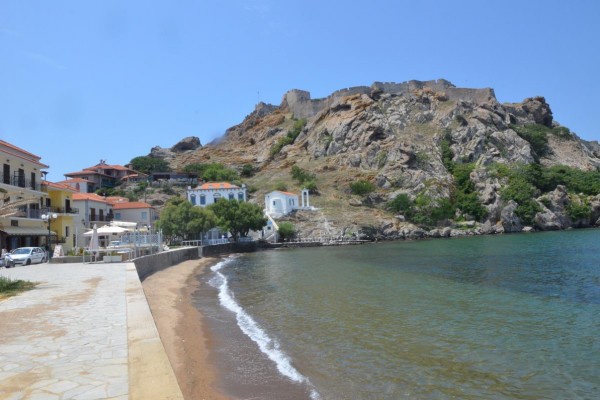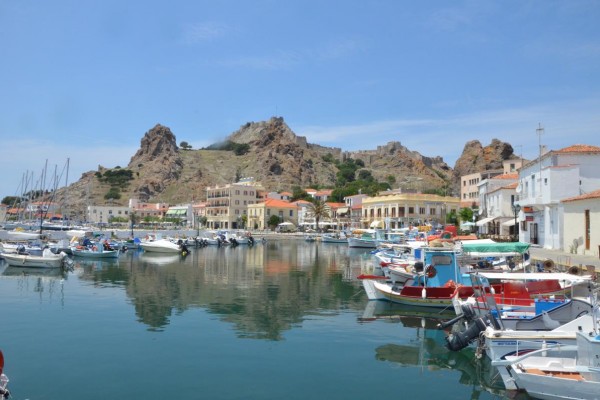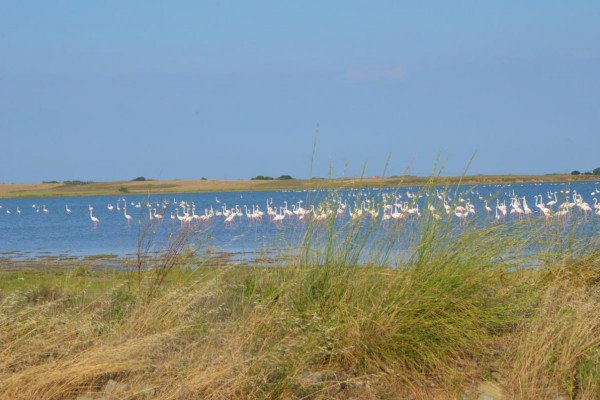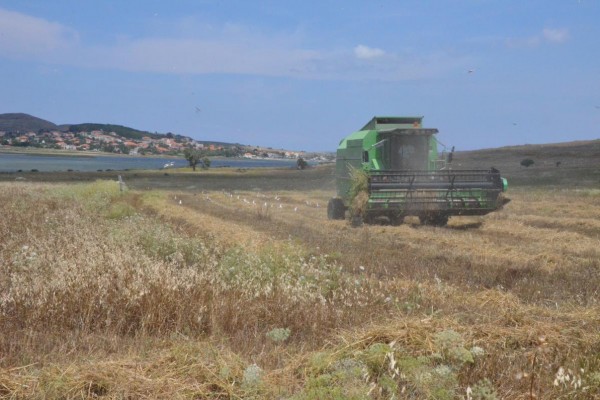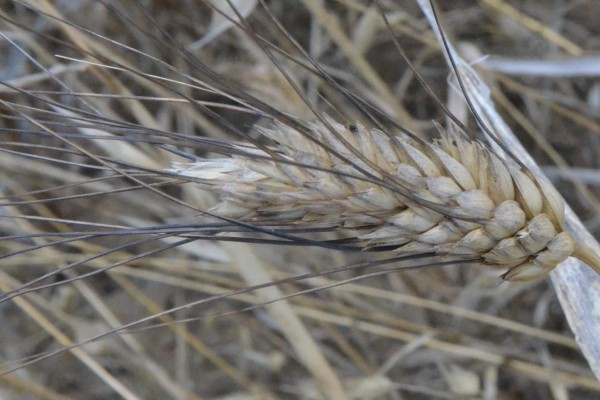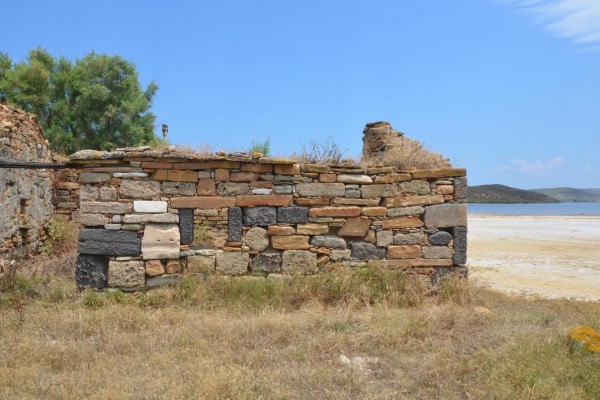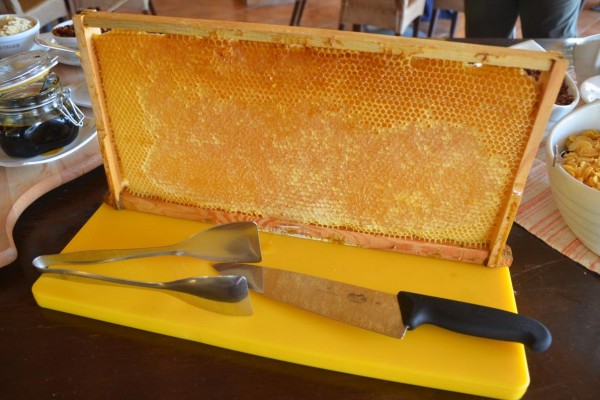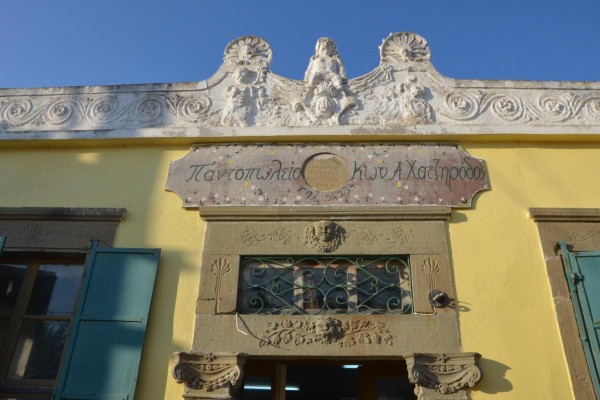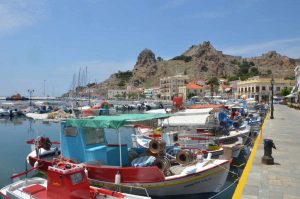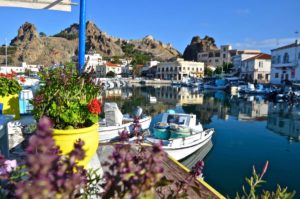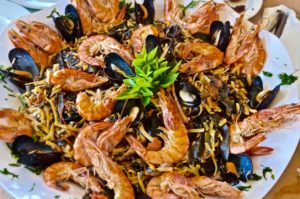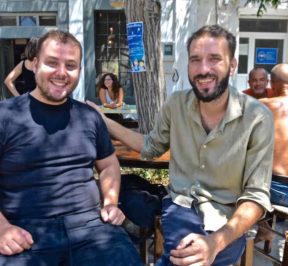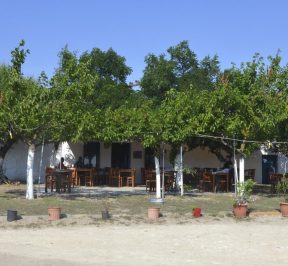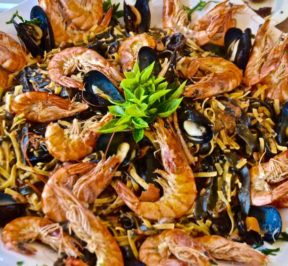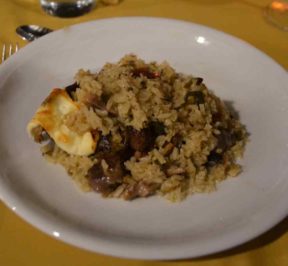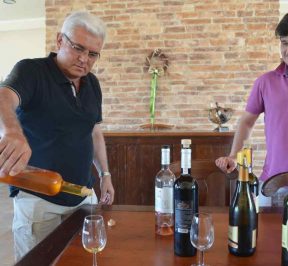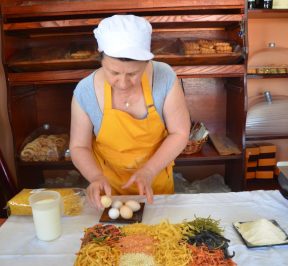Place - History of Lemnos
Η Lemnos is the eighth largest island in Greece with an area of 476 square kilometers and the fourth longest coastline (260 kilometers). The main feature of the island is the lack of mountains and the presence of vast pastures and cultivated areas - they reach the coast - mainly with cereals and vines. Lemnos the most flat island in the Aegean, from antiquity was the granary of ancient Athens and later became the supplier of wheat to the imperial court of Byzantium.
The history of Lemnos is lost in mythology. Its development metallurgy by the oldest inhabitants of the island was attributed to the god Hephaestus. According to legend, Zeus, after a quarrel with Hera, threw him from Olympus Volcano, as a result of which he fell in Lemnos and since then he has been disabled. The inhabitants of the island treated him and he set up his workshop there, passing on his art to Kaveri, children acquired by the nymph Kaveiro. Kaveiria were the celebrations of a mysterious cult that comes from some original closed guild of metallurgists.
Η Lemnos as a rich place but also as a stopover to the Black Sea, it aroused the interest of the Minoans - who, after all, taught the cultivation of the vine - but also of the Argonauts who passed through the island, like those who fought in the Trojan War. The name Lemnos is ancient, already mentioned by Homer. The Athenian supremacy in Lemnos, although decreasing over the centuries, continued to be maintained until the end of the classical world. Strabo mentions that Lemnos was considered adjacent to mainland Greece and not to Asia Minor until the late Roman era. In Byzantine times the island was used as shipyard, where ships were built and maintained for the Byzantine fleet. During the Turkish occupation, the island went into decline.
The liberation from the Turkish yoke came on October 8, 1912 from the Greek fleet led by Admiral Koundouriotis, who created in bay of Moudros -one of the safest natural ports in Greece and the eastern Mediterranean- a naval base to control the Straits, which was later used as a base by Allied forces for the Gallipoli campaign.
After the Asia Minor Catastrophe in 1922, many Asia Minor people arrived on the island and grafted the local population with their culture and their ancestry.
Today, the main occupation of the inhabitants of Lemnos remain agriculture, livestock, trade, while some careful moves are made for the development of quality tourism.


